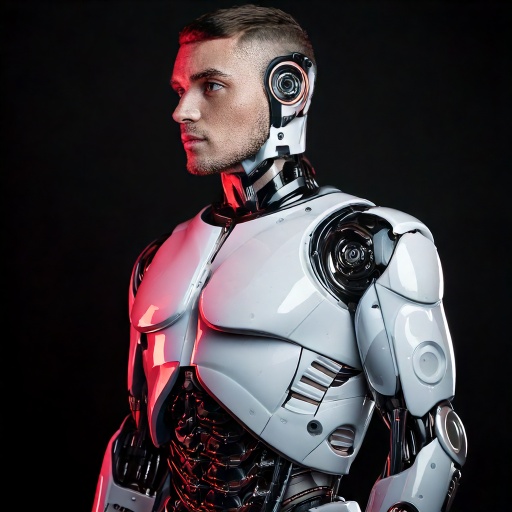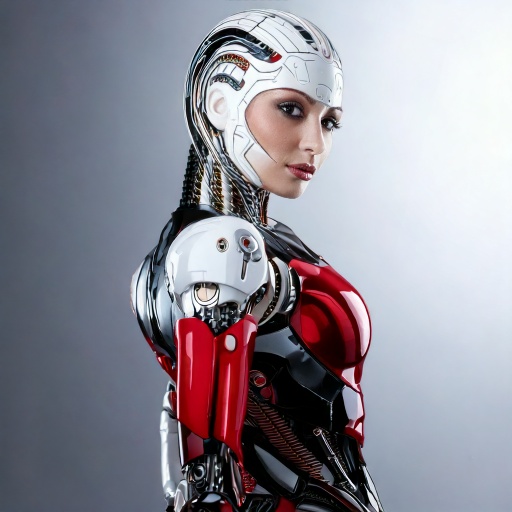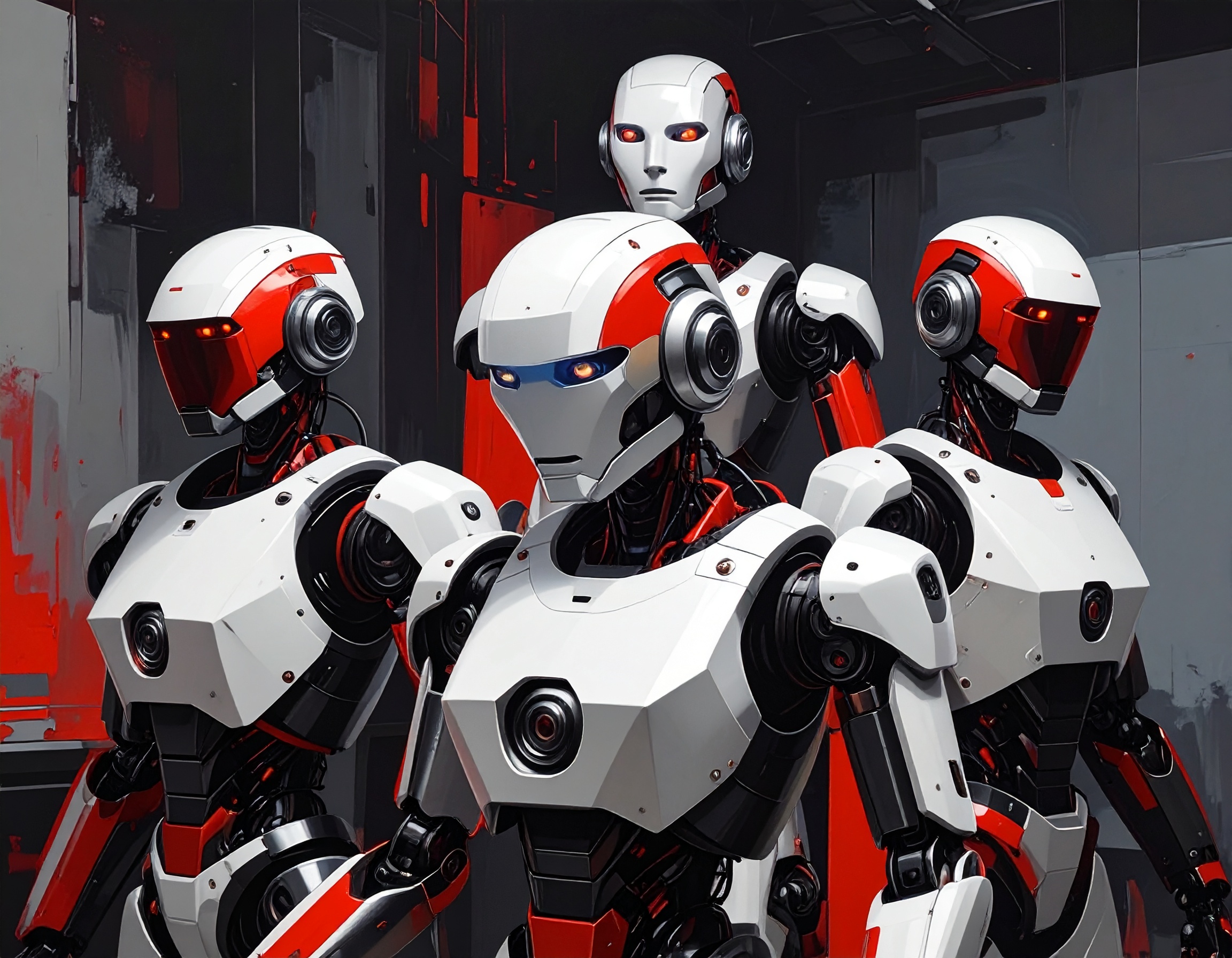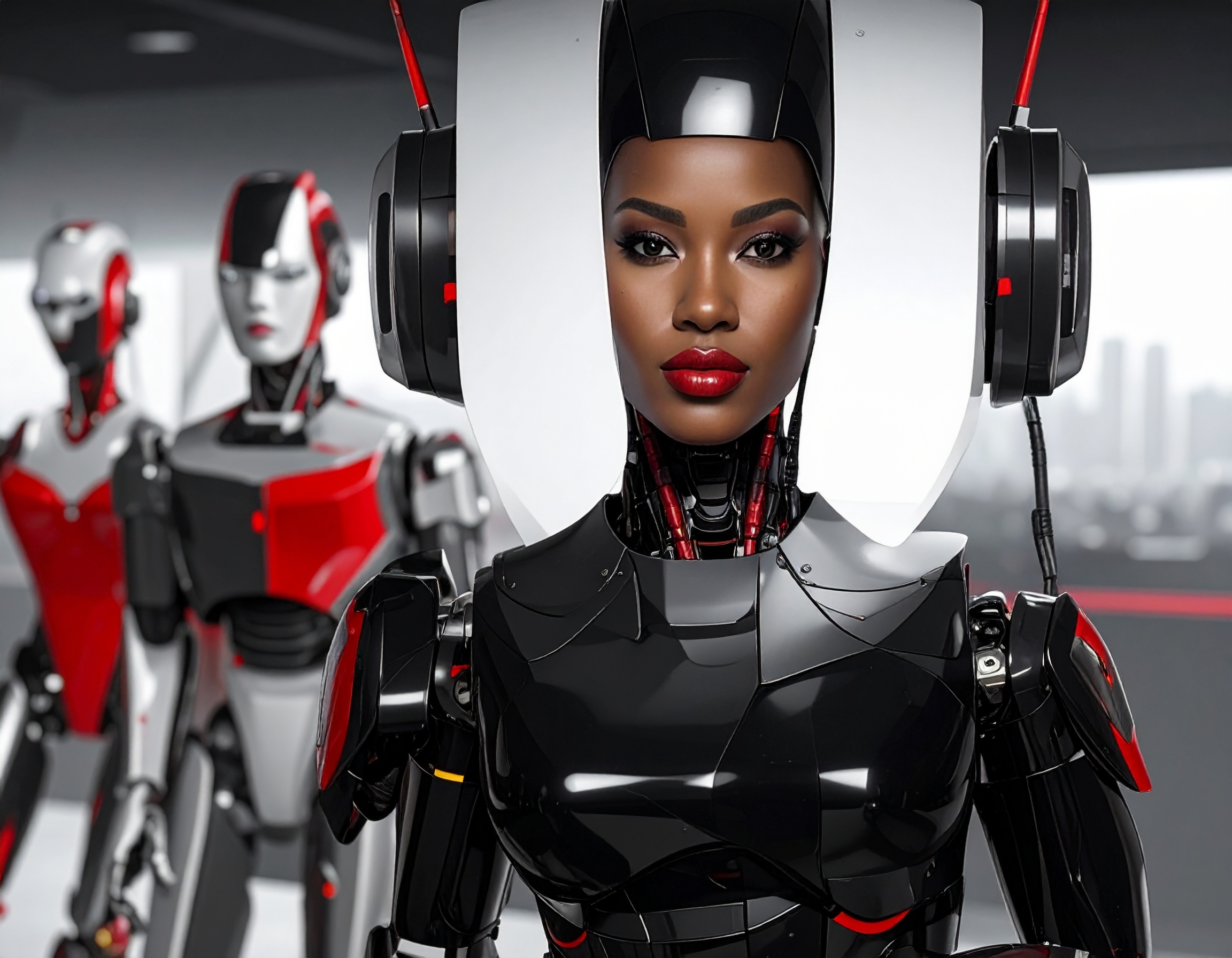The Great Robot Race: Why Most Digital Employees Failed Their First Test Against Humans

A Race Between Humans and Machines
In April 2024, the Institute for Human and Machine Cognition (IHMC) held a groundbreaking experiment that brought together humans and robots for a head-to-head challenge. This event, dubbed “The Robot Race,” wasn’t just a spectacle—it was designed to test how far today’s Intelligent Agents and Digital Employees have come in competing with real human capabilities.
The robots were tasked with completing a physical obstacle course that tested walking, balance, climbing stairs, and reacting to unpredictable changes in the environment—everyday tasks for humans, but still a major challenge for machines.

The Results: 70% of Robots Failed
The outcome was revealing: only 30% of robots completed the course, while a staggering 70% failed to reach the finish line. Many machines stalled, lost balance, or simply couldn't adapt when the conditions changed. These Non-Human Workers struggled most with real-world physicality and flexibility—something that human bodies handle instinctively.
Why This Matters
This event highlights a significant reality check in the conversation about automation. While Digital Employees are performing increasingly complex tasks in controlled environments—like sorting data or managing customer queries—they still have major limitations in dynamic, physical scenarios.
These results are crucial for developers, policymakers, and the general public. They show that while robots are advancing, they are not ready to replace human workers in roles that require coordination, adaptability, and quick physical response.

Looking Ahead: Cooperation, Not Replacement
Rather than seeing the failure of robots as a defeat, IHMC views this as a valuable benchmark for future innovation. The race helped identify where improvement is most needed and how future AI-human collaboration could evolve. It’s a reminder that the rise of Intelligent Agents isn’t about replacement but about collaboration and support.
As technology progresses, the focus should remain on designing Non-Human Workers that can complement human abilities, not compete with them. For now, the robot uprising is still science fiction—but the race is on.

Key Highlights:
- 70% of robots failed to finish the race.
- Tasks included stairs, uneven ground, and unexpected obstacles.
- The course highlighted weaknesses in mobility and real-time decision-making.
- Robots performed well in theory but lacked real-world adaptability.
Reference:


